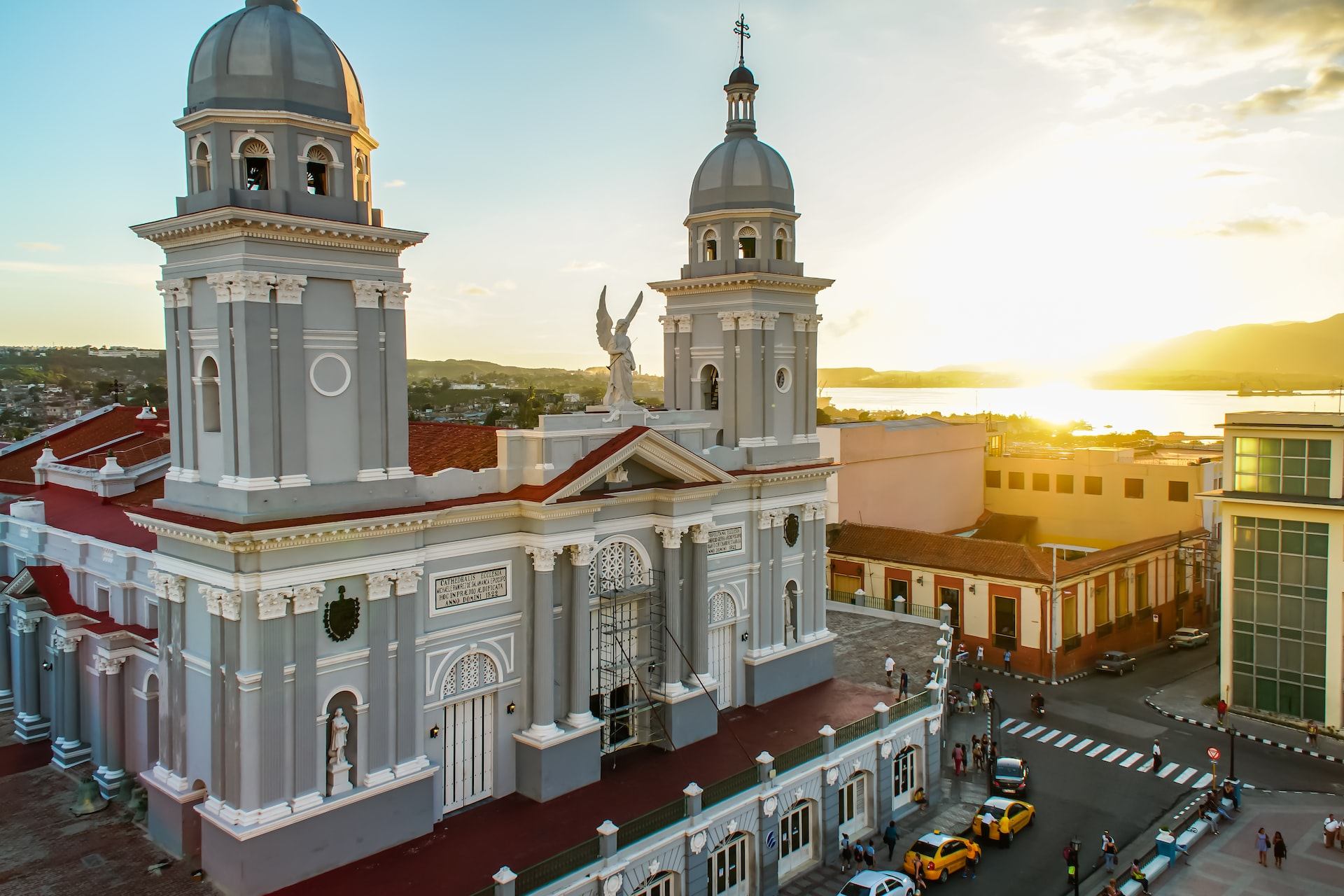Santiago de Cuba museums are some of the most interesting and diverse in the Caribbean. With a rich history and culture, Santiago de Cuba has a variety of museums that showcase the city’s past and present. From art and history to science and technology, these museums offer something for everyone. Here is a comprehensive guide to the most popular museums in Santiago de Cuba.
Museo de la Lucha Clandestina
The Museo de la Lucha Clandestina, or Museum of the Clandestine Struggle, is dedicated to the history of the Cuban Revolution. The museum is located in a former police station, and it tells the story of the revolution through photographs, documents, and personal artifacts. Visitors can learn about the history of the revolution, including the role of the underground resistance and the events leading up to the overthrow of the Batista regime. The museum also has a section dedicated to the life of Fidel Castro and the history of the Communist party in Cuba. Guided tours are available in Spanish, and the museum is open from 9:00 am to 5:00 pm, Monday through Saturday.
Museo de la Ciudad
The Museo de la Ciudad, or City Museum, is located in the historic center of Santiago de Cuba. The museum is housed in a restored colonial building, and it tells the story of the city’s history through photographs, maps, and artifacts. Visitors can learn about the city’s founding, its role in the colonial period, and its growth and development over the centuries. The museum also has a section dedicated to the history of the city’s carnival, which is one of the most famous in Cuba. Guided tours are available in Spanish, and the museum is open from 9:00 am to 5:00 pm, Monday through Saturday.
Museo de Arte Colonial
The Museo de Arte Colonial, or Colonial Art Museum, is dedicated to the art and architecture of the colonial period in Cuba. The museum is located in a restored 18th-century mansion, and it features a collection of paintings, sculptures, and decorative arts from the colonial period. Visitors can learn about the styles and techniques used by colonial artists, and see examples of the different types of art produced during this period. The museum also has a section dedicated to the restoration and preservation of colonial architecture in Santiago de Cuba. Guided tours are available in Spanish, and the museum is open from 9:00 am to 5:00 pm, Monday through Saturday.
Museo de la Revolución
The Museo de la Revolución, or Museum of the Revolution, is located in the former Presidential Palace in Santiago de Cuba. The museum tells the story of the Cuban Revolution and its leaders, including Fidel Castro, Che Guevara, and Camilo Cienfuegos. Visitors can see photographs, documents, and personal artifacts related to the revolution, as well as a replica of the boat used by Fidel Castro and his followers during the Granma landing in 1956. The museum also has a section dedicated to the history of the Communist Party in Cuba, and the role it played in the revolution. Guided tours are available in Spanish, and the museum is open from 9:00 am to 5:00 pm, Monday through Saturday.
Museo de Historia Natural
The Museo de Historia Natural, or Natural History Museum, is located in the Parque Céspedes in Santiago de Cuba. The museum features exhibits on the natural history of Cuba, includinggeology, paleontology, and botany. Visitors can see a variety of fossils, including dinosaur bones, as well as learn about the island’s diverse plant and animal life. The museum also has a section dedicated to the indigenous Taíno people, who were the island’s first inhabitants. Visitors can see replica Taíno artifacts, such as pottery, tools, and jewelry. Guided tours are available in Spanish, and the museum is open from 9:00 am to 5:00 pm, Monday through Saturday.
Museo Casa Natal de José Martí
The Museo Casa Natal de José Martí, or the José Martí Birthplace Museum, is dedicated to the life and legacy of José Martí, one of Cuba’s most prominent and revered figures. Martí is considered the “Apostle of Cuban Independence” and is widely considered the national hero of Cuba. The museum is located in the house where Martí was born, and visitors can see personal artifacts and documents related to his life, as well as learn about his role in the Cuban independence movement. Guided tours are available in Spanish, and the museum is open from 9:00 am to 5:00 pm, Monday through Saturday.
Conclusion
Santiago de Cuba has a wealth of museums that offer a glimpse into the city’s rich history and culture. From the Museo de la Lucha Clandestina to the Museo de Historia Natural, these museums showcase the diverse and fascinating aspects of Santiago de Cuba. Whether you’re interested in art, history, science, or culture, there is something for everyone to enjoy in Santiago de Cuba’s museums. Guided tours are available in Spanish, and the museums are open from 9:00 am to 5:00 pm, Monday through Saturday.



